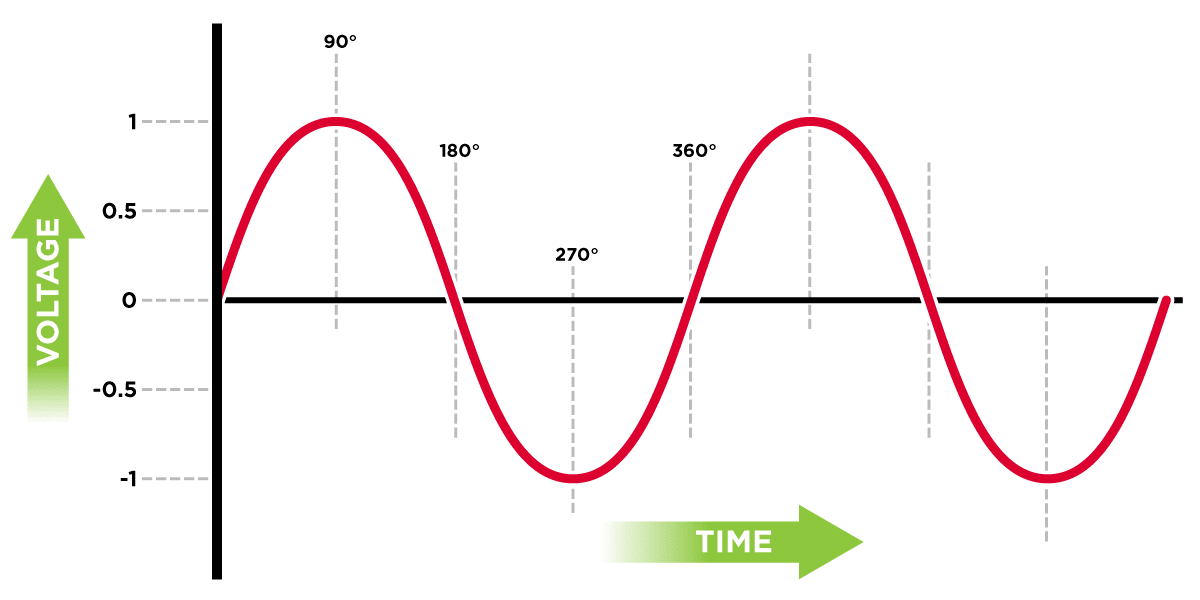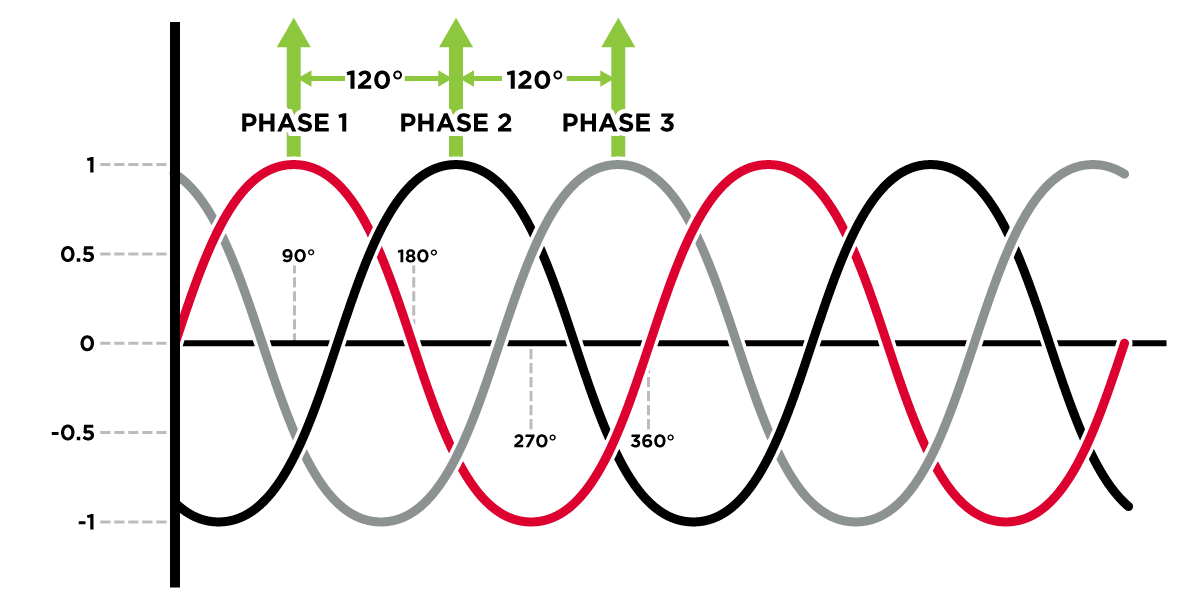Single-Phase vs 3-Phase Power Protection: What You Need to Know

Single-Phase vs. Three-Phase Power Protection: What You Need to Know
Power is power, right? Well, not really. Indeed, most of the electricity we use is alternating current (AC) generated by utility companies. In fact, AC is used to power the vast majority of electricity in our homes and businesses. But alternating current can be transmitted in many ways, the two most common being single-phase and three-phase. It is important for businesses to understand which type of power supply is suitable for your application and to protect that power supply with a compatible uninterruptible power supply (UPS) system.
What is single phase power supply?
Single-phase power is the most common form of AC power transmission. Since residential electricity demand is typically much lower than commercial electricity demand, single phase is sufficient.
The term alternating current (AC) describes how power cycles as the voltage continuously spikes and drops between positive and negative amplitudes. As you might expect, a single-phase power source produces a single wave of power, as shown below:

The graph shows that the power output of a single-phase power supply is not constant, meaning that its voltage rises and falls with two zero crossings per cycle. During these moments, temporary power outages may occur. Therefore, single-phase power is not constant. A standard 15A, 120V branch circuit, while adequate for most residential needs, can only support electrical loads up to 1800 watts. Homes with 100A, 240V utility power can have loads up to 24,000V.
What is three-phase power supply?
Unlike single-phase, three-phase power produces three separate waves of current, so there are no temporary outages.

Three-phase power supplies power at a stable, constant rate and can reach higher voltage levels up to 480V in the United States. This stable power flow and ability to handle higher loads make three-phase power ideal for industrial and commercial operations.
More waves. Lower cost.
A three-phase circuit provides greater power density than a single-phase circuit, so it can use smaller wires to deliver the same amperage, making the three-phase circuit more efficient. In fact, compared to single-phase power circuits, three-phase power circuits provide almost twice the power at the same current while requiring only one extra wire.
Using three-phase power can save electricity costs by reducing current requirements and wire size. Utilizing more power in a smaller space reduces cabling and operating costs, defers capital expenditures and ensures scalability for future infrastructure growth.
With its cost savings and flexibility, it’s easy to see why three-phase is popular in power-hungry, high-density IT installations and data centers. Other industrial businesses such as warehouses, manufacturing and manufacturing also benefit from the efficiency provided by three-phase power.
Which power supply is best for your business?
First, know what you have now. The easiest way is to check your power meter. Single-phase power supplies may be listed as single phase, single phase, or single phase. Three-phase power may also be called three-phase or polyphase.






